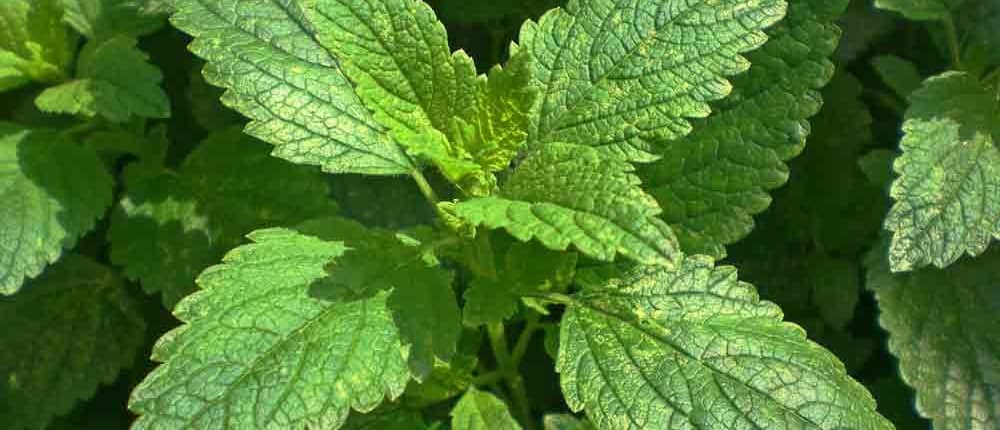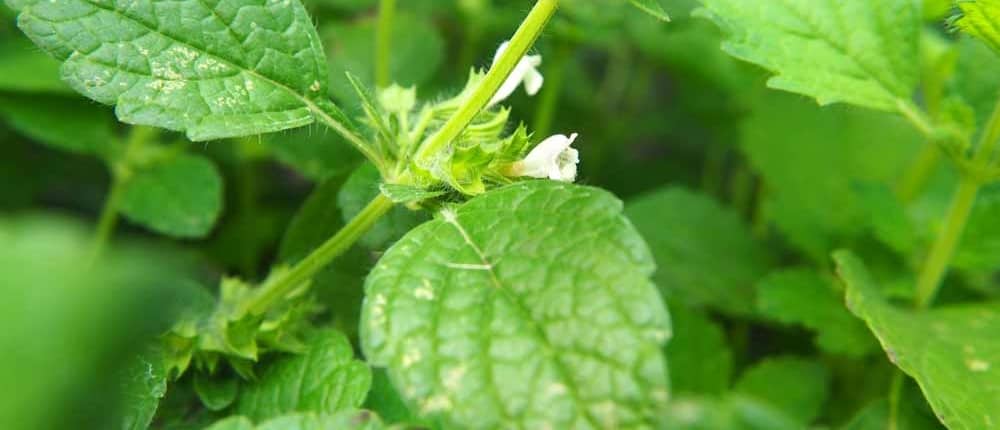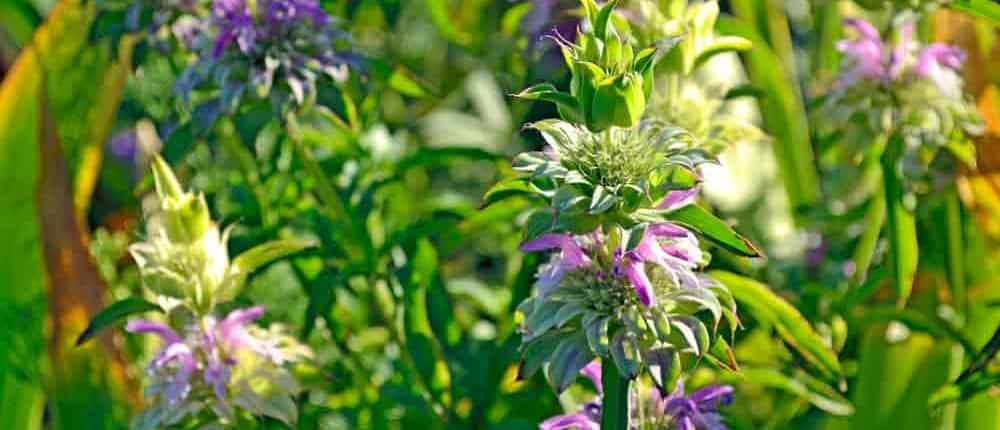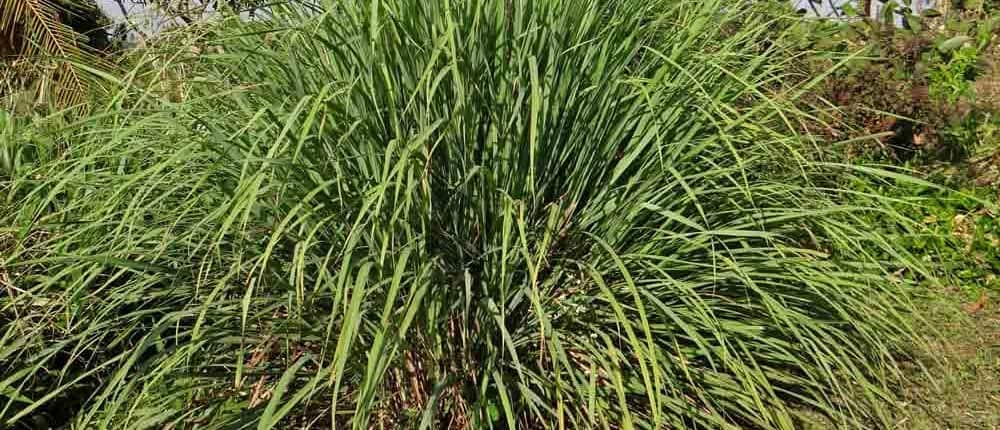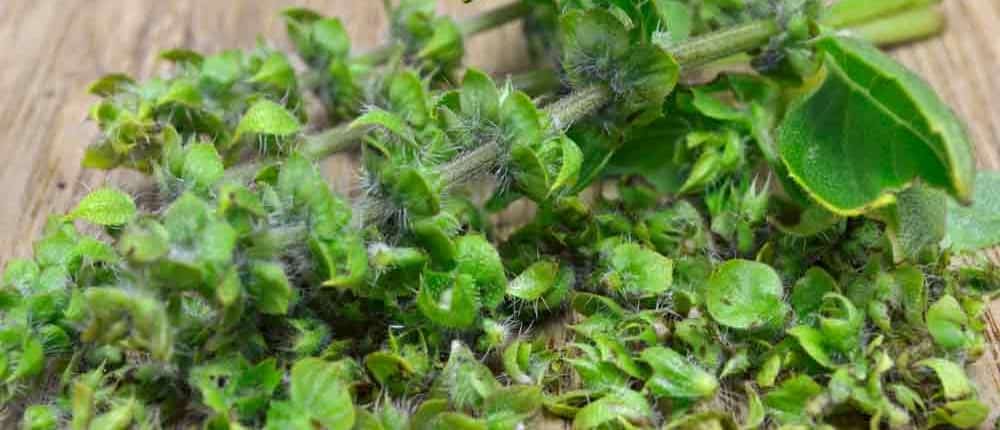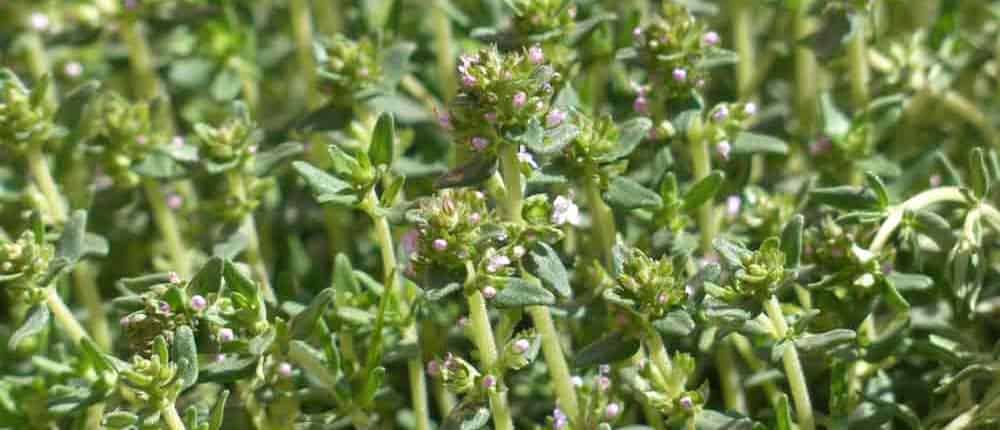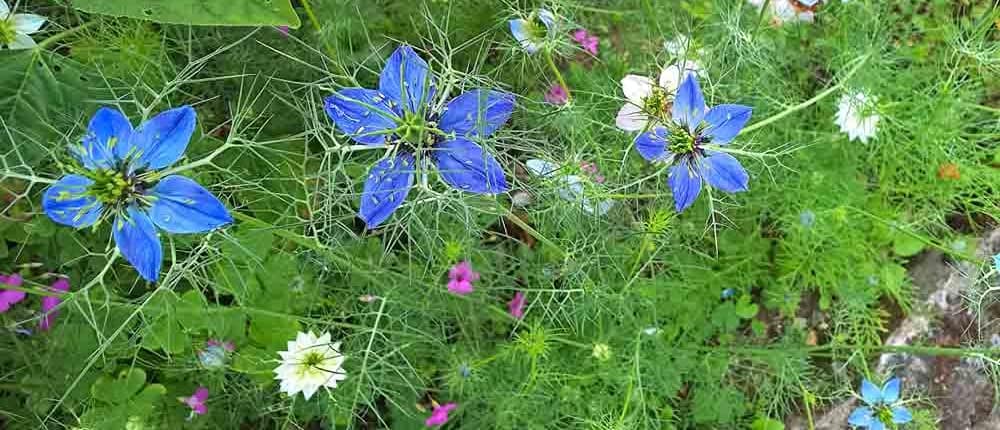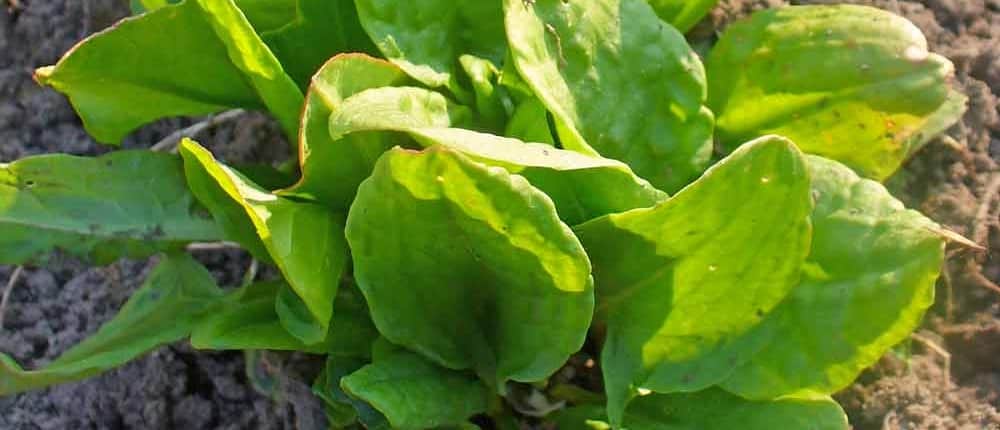What Trap Crops Are and How They Work
Trap cropping – also called intercropping – is an older pest control approach used by commercial growers that is not widely known or used in home gardens, but it should! Essentially, a trap crop acts as a decoy or sacrificial plant for invading pest insects and luring them away from your vegetables. Once the destructive insects attack the trap crop, you can deal with them there instead of on your valuable food crops. Techniques include removal or spraying with a soap-based solution or natural recipe, all the way up to using insecticides on the trap crop.
Using trap crops isn’t a “one-size-fits-all” approach, as each crop attracts a specific set of pests. However, it fits perfectly into a home garden, no matter how big or small. Almost everyone can take advantage of trap crops, from traditional in-ground rows to raised beds to container gardens.
Trap cropping is one part of an integrated, organic management approach to gardening. Instead of just managing pests, this approach includes attracting beneficial insects that prey on the destructive ones while helping to pollinate your garden better. Other parts of organic management include planting cover crops and companion planting.
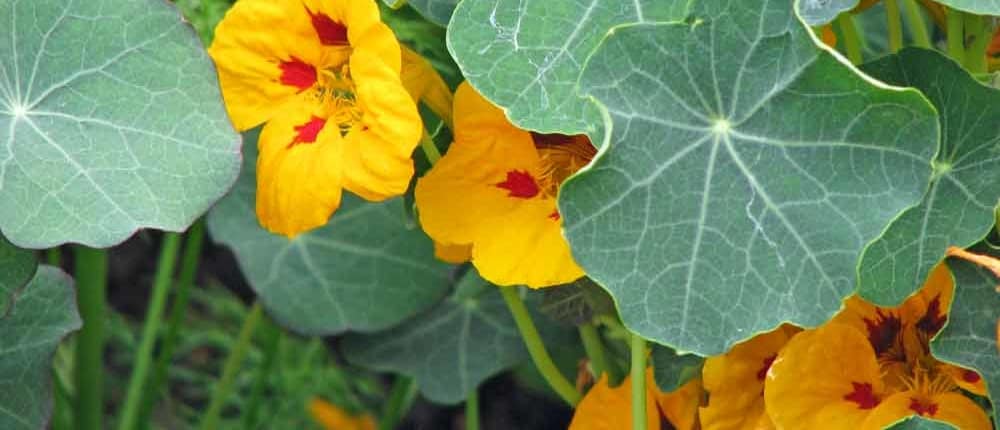
How to Use Trap Crops
There are two main ways to use trap crops: to test for specific pest insects and then to attract those pests to better control and minimize or prevent their damage to your desired food crop.
When testing for specific pests, the most accurate results are obtained by using a border planting approach surrounding the garden. This way, pest insects have to pass through the desirable trap crop to reach your food plants, making it easier to monitor the pests and make better choices about identifying and controlling them.
Destructive pest insects are most attracted to plants in the reproductive stage of growth – flowering, fruiting, or setting seeds. This is why most trap crops are planted before your desired food crop – anywhere from a few days to a couple of weeks earlier, depending on how long the trap crop needs to start flowering.
After the insects attack your trap crop, you can be ruthless in controlling them – from spraying aggressive bug solutions and removing leaves up to removing the entire infested plant. Depending on the type of planting, this creates the first line of defense or an added layer of protection for your main vegetable, herb, or flower crop with no chemicals or sprays needed.
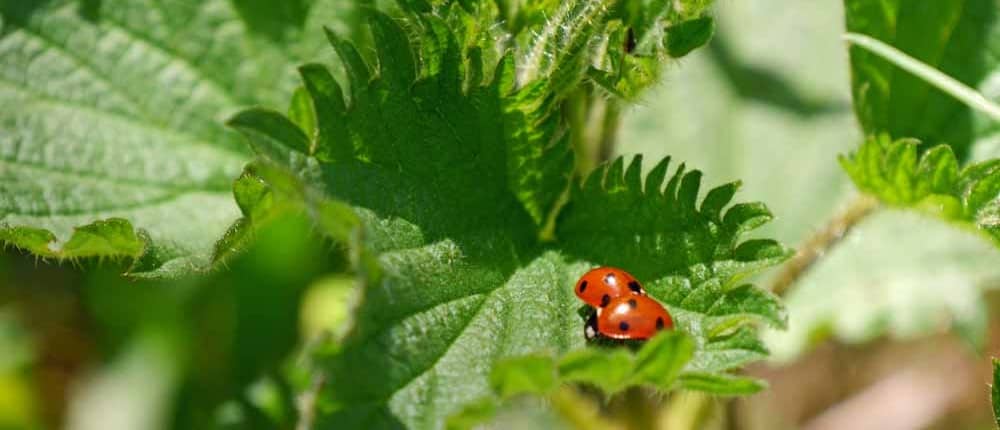
Definitions
Just as there are different ways to grow a garden – traditional rows, raised beds, containers, hoop houses, and greenhouses – there are different ways to plant trap crops that increase their effectiveness and benefits.
Border planting – Just as it sounds, planting one or more pest-attracting crops outside of the garden or area where the desired crop is grown. This can be completely surrounding the garden or between the garden and where the pests come from – for example, between the garden and an open field.
Intercropping – Planting the trap crop in alternating rows or areas within the garden or desired crop. For example, planting a row of lovage on either side of your tomato row will attract tomato hornworms before they get to the tomatoes.
Mixed intercropping – Trap crops are planted among the desired crops with no distinction. This looks exactly like companion planting but for the opposite reason – you attract pest insects to the trap crop instead of bringing in beneficials. An example is planting red giant mustard among your cabbages to attract the cabbage caterpillar.
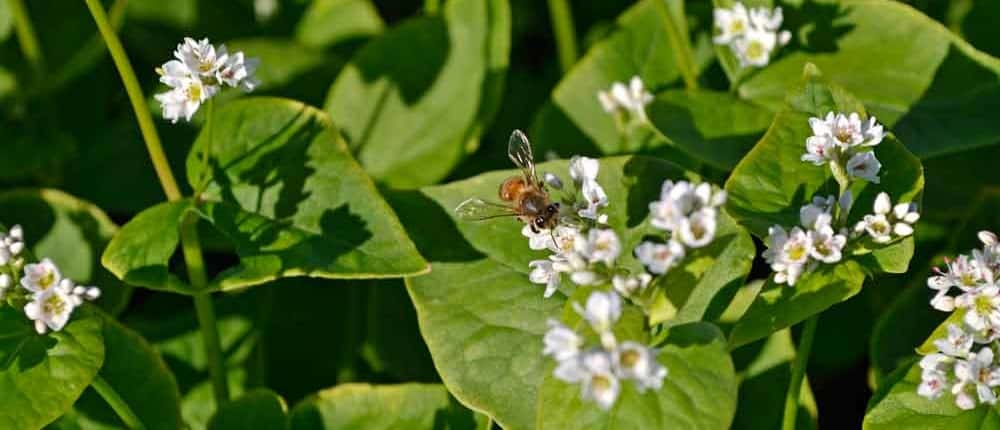
Trap Crops Chart
Now that you understand more about trap crops, how they work, and the different types of planting, it’s time to see exactly which crops can be used and what type of pests they help control.
Initially, you may be surprised to see so many familiar, common garden crops listed. However, remember your gardening experience – how many of these crops seemed to attract the exact pests listed here?
This is simply a different perspective or approach to deciding what to plant in your garden, when, and for what reason.
| Crop Protected | Pests Controlled | Trap Crop | Planting Method |
| Cabbage | Cabbageworm, Flea hopper, Mustard aphid | Chinese Cabbage, Mustard, and Radish | Intercropping |
| Cabbage | Diamondback moth, Cabbageworm | Collards | Border planting |
| Cabbage | Cabbage caterpillar, Harlequin bug | Red Giant Mustard | Mixed Intercropping |
| Cabbage and Squash | Aphids (blackfly, greenfly, whitefly), Flea beetle, Cucumber beetle, Squash vine borer | Nasturtium | Mixed Intercropping |
| Cabbage family | Flea beetle, Root maggot, Cabbage maggot, Harlequin bug | Radish | Intercropping |
| Carrot | Carrot root fly, Thrips | Onion and garlic | Border planting or intercropping |
| Corn | Leafhoppers, Leaf beetles, Mustard aphids, spider mites, whitefly | Beans and other legumes | Intercropping |
| Corn | Corn seedling maggot | Rye | Intercropping |
| Cucumber, Vegetables | Cucumber beetle | Amaranth | Border planting, Intercropping |
| Garlic | Thrips | Basil | Border planting |
| Potato | Colorado potato beetle | Tansy | Intercropping |
| Solanaceous family | Colorado potato beetle, spider mites, whitefly | Eggplant | Intercropping |
| Squash, Cucumber | Squash bug | Millet | Intercropping |
| Tomato | Tomato hornworm | Dill and lovage | Intercropping |
| Tomato | Colorado potato beetle | Potato | Border planting |
| Vegetables | Stink bug – attracts both pest and beneficial insects | Buckwheat | Border planting |
| Vegetables | Slugs | Chervil | Intercropping |
| Vegetables | Mexican bean beetle, Stink bug | Green beans | Intercropping |
| Vegetables | Thrips, Nematodes, Slugs | Marigold | Intercropping |
| Vegetables | Aphids early in the season, followed by ladybugs | Nettles | Intercropping |
| Vegetables | Stink bug, tomato aphids | Okra | Border planting |
| Vegetables | Heliothis moth species, Leaf-footed bugs, Stink bugs | Sunflower | Intercropping |
| Vegetables | Japanese beetle | Zinnia | Intercropping |
| Vegetables, Tomatoes | Stink bugs, corn earworms, leaf-footed bugs | Sorghum | Border planting |
| Vegetables, Tomatoes | Cucumber beetle, Squash vine borer, Squash bug, Whiteflies | Squash | Border planting |
Remember, your main crops – vegetables, herbs, or flowers – are usually entirely different species than your trap crops, but not always. In long-season climates, an early group of cherry tomatoes is transplanted to attract common tomato pests, protecting the main planting 2 – 3 weeks later.
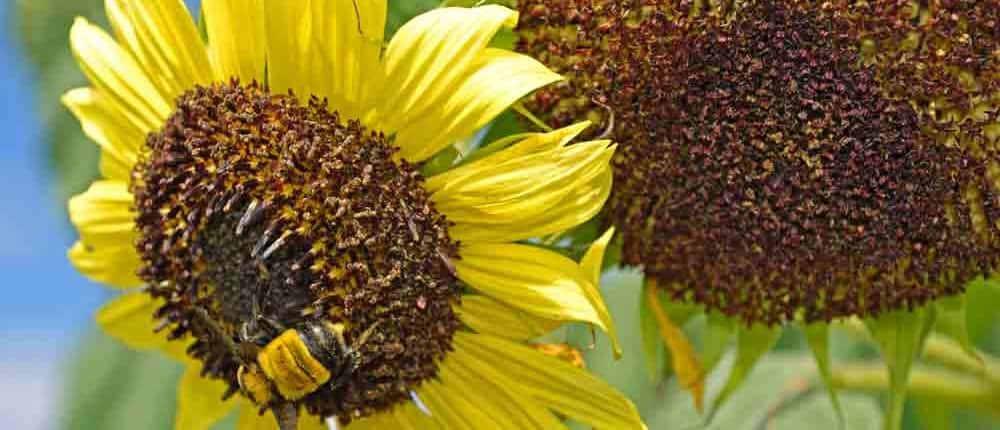
Concerns and Strategy
To get the most benefits from trap crops, you must be diligent in inspecting them for pest insects and take immediate, decisive action. This often means picking the bugs off, removing leaves, branches, or the entire plant in some cases. Appropriate action can also mean treating the pest insects by spraying, from a mild soapy solution or Garlic Juice Concentrate to our Home Garden Bug Solution.
Improper management of the trap crop can create “pest nurseries” – just the opposite of what you are trying to do!
You must be ruthless in taking action with the trap crop – remember, it is a sacrificial target to protect your valuable crops.
It can be difficult to manage multiple pests simultaneously, as planting multiple trap crops can be larger than your garden. It’s best to use trap cropping to manage your biggest pest insect infestation, then use companion planting to attract beneficial insects to work on the other pests.
As mentioned above, trap cropping isn’t a silver bullet, a one-size-fits-all solution, but it can be a valuable tool in an integrated organic management approach. A diverse mixture of plants makes it far less likely that the destructive pest insects will settle on your main crops, and when they arrive, they will be followed by beneficial insects that feed on them.
A comprehensive organic pest control plan includes –
- Diverse planting to confuse pests and prevent them from concentrating in one area.
- Including multiple flower species – flower mixes are great – that attract beneficial insects.
- Strategically placed trap crops targeting pests that you know are in the garden.
- Crop rotations that follow cover crops that improve the soil while avoiding over-wintering soil-borne pests.
How To Get Started
The easiest yet most effective way to get started using trap crops in your garden uses these steps:
- Identify the worst pest insect that attacks your garden, causing the most damage.
- Choose which crop is most infested by that pest.
- Using the chart above, find the trap crop for that pest and which planting method is best.
- Determine when to plant your trap crop – how early before your main crop so it is flowering or setting fruit to attract the pest insects.
- Plant one trap crop to experiment and learn with.
The level of your success depends on several factors, but you should see significant improvement in the population of pests, the amount of damage, and the health and amount of harvest in the first season you start using trap cropping.
Keep a notebook with your experiment’s details and results, successes and challenges, weather, and other related factors. After a couple of seasons, you should begin to form a clear picture of which direction is best for you and your garden in your particular climate.
This isn’t a quick-fix approach; it’s about understanding your garden better, more of a Systems Approach than a silver bullet. However, if you commit to an organic pest control approach, you will see a steady decrease in destructive pests and a comparable increase in beneficial insects. You will also see fewer damaged vegetables and increased harvests of healthy food from your home garden.
Help Us Help You
Did this help you better understand trap crops? Do you know a gardening friend who could use this information in their garden?
Please share this with your friends – either with the buttons below or on your social network of choice.
It not only helps them have a better garden, but you help introduce us to more gardeners who can use our unique approach to creating a better garden in partnership with Mother Nature!



